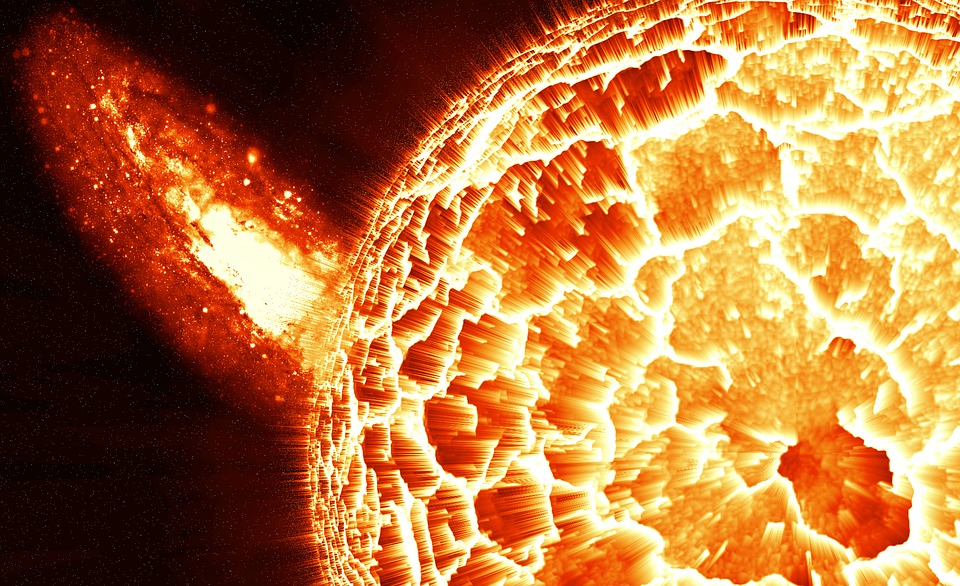
The Sun – The Star of the Solar System
Long, long ago, the Dakota Indians of the North American plains used to perform a sun dance each year to beseech the sun god for blessings and visions. It was a very spectacular performance, holding some religious meanings. This ritual was known to ward off enemies and famine.
In ancient times, you’d discover how the belief in a sun god led many people actually to worship the sun. Offerings were made and temples were built – all the credit goes to the sun.
Although such beliefs are very, very rare today, the sun is still crucially important to us.
As the center around which the earth and the other planets of the solar system revolve, this star provides the earth with the heat and light necessary to sustain all living things.
So, who wants to learn more?
Simple Facts About the Sun

We cannot scorn the reverence with which earlier people used to regard the sun. Modern knowledge confirms that the sun is awe-inspiring in measurable ways – in its size, it’s mass or weight, its densities, its pressures, its temperatures and many other features.
The Size
The sun is a vast ball of unbelievably hot, glowing gas. It is some 865, 000 miles across – more than 100 times the diameter of the earth.
We would usually expect a globe the size of the sun to be stupendously heavy. The sun’s mass, in fact, equals that of 333, 420 piles of earth. (Wait, what?)
Because of the weight of this vast amount of gas, the pressure at the center of the sun is estimated to be 6 million tons per square inch.
The Density

In spite of the great mass of the sun, its average density – the weight of a standard volume of its matter – is only 1.4 times the weight of an equal volume of water. The earth, on the other hand, is 5.5 times denser than water.
This low solar density is easy to explain. The center of the sun, because of the enormous pressure is 90 to 100 times denser than water. But much of the sun beyond the center is composed of gas that is often thinner than the earth’s atmosphere. When these densities are averaged together, the general density of the sun is quite low.
The Gravity
Because of its great mass, the sun has a gravitational pull 28 times stronger than the pull of the earth. This means that if a man weighing 200 pounds on the surface of the earth were put down on the surface of the sun; he would weigh 28 X 200 pounds. This equals 5,600 pounds or nearly 3 tons! (The man would not be concerned about his weight increase, however, since he would vaporize instantly because of the heat).
The Temperature

The sun is like a huge furnace, fired by nuclear or atomic, energy at its core. Temperatures at the center may be 25, 000, 000 ° or more. At the surface of the sun, however, temperatures are much cooler – between 9,000 ° and 11,000 ° F. This is still hot enough to vaporize nearly all substances that exist as solids or liquids on the earth.
The Structure
The sun is composed of several distinct regions. It has an atmosphere, consisting mainly of two layers. Below the atmosphere is the surface, which is called the photosphere. Sunspots are an important feature of the surface. The interior and core of the sun are almost unimaginably hot, as we have mentioned above. Although scientists cannot easily investigate the sun’s interior directly, they have developed theories about it from what they do know.
In the second part of the article, we shall learn more about the atmosphere, the surface and the interior of the sun. Until then, you can take a look at some of my other articles revolving around the earth’s galaxies.
You May Also Like

How to Make Your Paint
2022-06-14
3 Steps for Making Comfrey Slurry
2022-08-05
